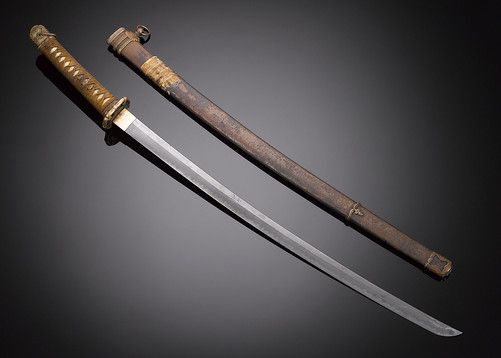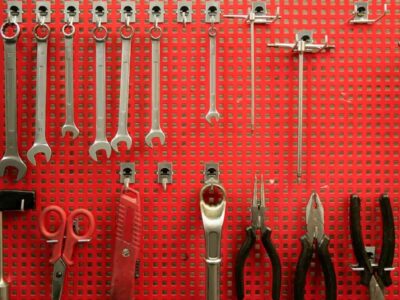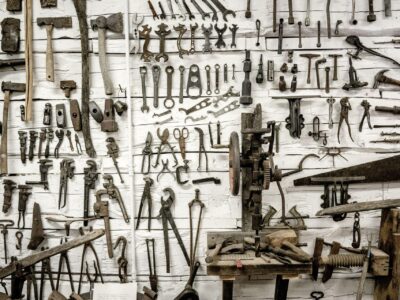Katana, also known as Katanas, are traditional Japanese swords that were used for cultural and war purposes. Rich in culture, these Japanese swords are artistically handcrafted using traditional methods. Historically used in the samurai, these swords, were highly regarded. They were considered highly prestigious, noble, as well as virtuous. They were also highly respected among the elite military worriers. Of course, their use was ended in the 19th century. However, they are still being produced. You can say that it can minimize your wood splitter rental as well because, it is so sharp that a wood cutter may seem a bit low in front of this. They represent rich history, beautiful cultures, as well as epic battles. So, if you are planning to purchase samurai katana custom swords, keep reading. This guide contains everything about the samurai katana.
Why Are Katana Considered Unique?
Long. Exclusive. Durable. These key features make katana unique. These long swords are distinguishable. They were used by the respectable warriors in the Japanese culture. They were highly regarded in the samurai culture. That’s why they were reserved for the best worries. They were also given to warriors with distinguishable characters and abilities.
The typical katana sword should be 23+ inches long. These swords were flawlessly manufactured from a special type of steel known as Tamahagne. In most cases, katana swords come with curved and single-edged blades. These swords can be held by a worrier using both hands.
The curved blades are connected to the handgrip via circular/ square based guards. Ergonomics takes center stage when designing the guards. This is aimed at protecting the hands from cuts from the blades.
Featuring customarily decorated, the katana swords have so much to offer. The customization is achieved by meticulously cutting the gloves as well as patterns into the katana blades.
Types of Japanese Katana Swords
There are different types of katana swords. Common ones include:
- Shinogi-Zukuri
- Shobu-Zukuri,
- Kissaki-Moroha-Zukuri
The type of blade utilized when making the Katana is responsible for these different types of swords. It’s also important to note that each katana has its own explicit use. Shinogi-Zukuri—the most prominent shape—is highly agile, clean, as well as effective in its capability to cut.
How They Are Made
Katanas are compact, durable instruments that were reserved for Samaria warriors. They are lethal and highly offensive. They were only used by the elite Samurai warriors. Attractive and long, these swords come with distinctive artist elements. The wordsmiths forged these katana using special steel material. This steel was strong and highly durable. They also used elegant materials to add more class and beauty to these unique Japanese swords. In most cases, processes such as forging, shaping, smelting, as well as polishing the katana blades were used. The steel used to make the katana was known as Tamahagne steel. However, modern katana use steel alloys like high carbon steel, clay, as well as tempered steel. This makes them strong and durable.
The Bottom-Line
Beautiful. Rich in culture. These are the true values of the Samurai katana. These swords were used in epic battles, making them popular even today. It is said that it can easily wrap up even rick of wood easily. The above information will help you understand everything about Samurai Katana.










Comments